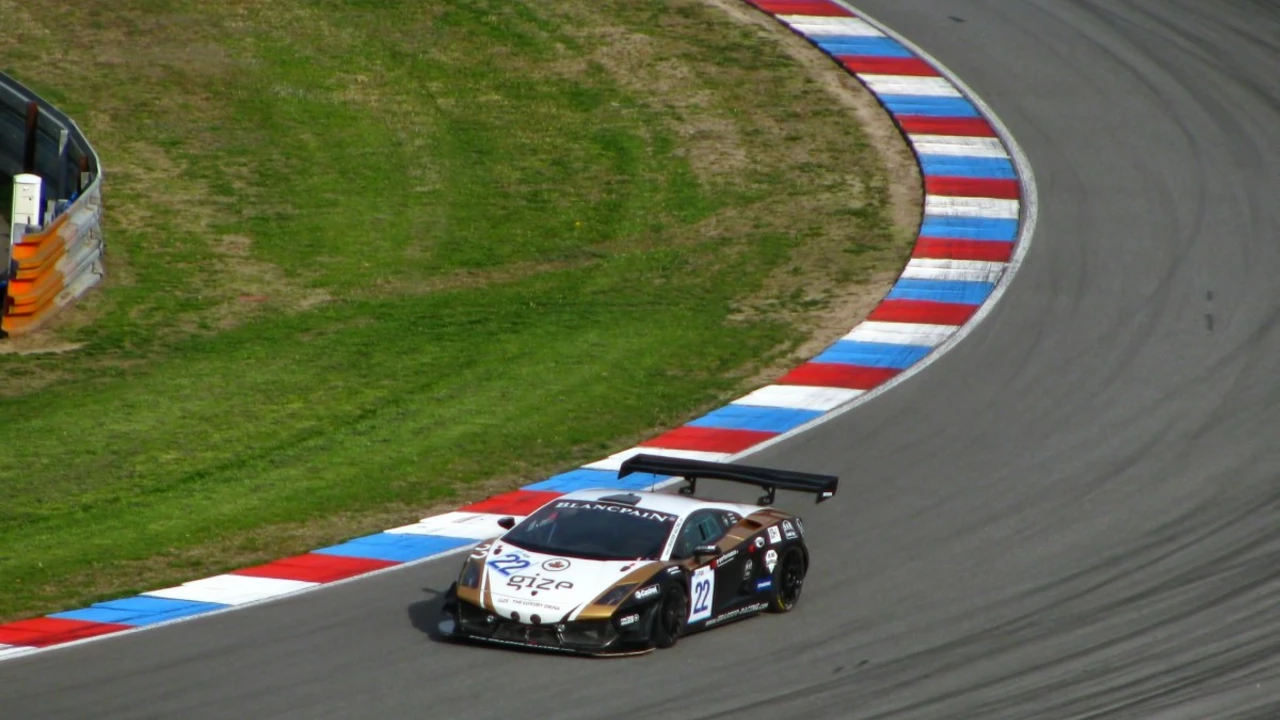Sports and Recreation – How Race Car Driving Is a Real Sport
Ever wondered if racing belongs in the same league as football or tennis? The answer is a resounding yes. Race car driving checks every box of what makes a sport, from skill and strategy to physical demand and competition. Let’s break down why the roar of engines is more than just loud noise—it’s a full‑blown sport.
Skill and Precision Behind the Wheel
First off, you need serious skill to handle a race‑car at breakneck speeds. Drivers must know every inch of their vehicle—engine performance, brake response, tire grip—and how those factors change lap after lap. That knowledge isn’t something you pick up overnight; it’s built through countless hours of testing, data analysis, and on‑track practice. One split‑second mistake can mean a crash or a lost position, so precision is non‑negotiable.
Think about it like this: a driver reads the track like a quarterback reads a defense. They anticipate corners, adjust lines, and react to other cars in real time. This mental agility rivals any fast‑ball pitcher’s decision‑making. The result? A sport that blends raw talent with honed technique.
Physical Fitness and Training
Most people picture racers as just sitting behind a wheel, but the reality is far more demanding. A typical race can last two hours, and drivers endure up to 5 G forces in tight turns. Their heart rate spikes, muscles work nonstop to keep the car steady, and heat builds up inside the cockpit. To cope, drivers follow rigorous fitness regimes—cardio, strength training, neck and core workouts—much like any elite athlete.
Training doesn’t stop at the gym. Drivers run simulators for hours, practicing corner entry, brake modulation, and race strategy without ever touching a real car. This mental‑physical prep mirrors how a cyclist rides a stationary bike to perfect technique before hitting the road. The result is a driver who can stay sharp, focused, and physically resilient from start to finish.
Beyond personal fitness, racing teams treat preparation like a sport’s playbook. Engineers fine‑tune car setups, strategists plan pit stops, and crew members rehearse every maneuver. The collaborative effort adds another layer of competition—teams battle not only on the track but also in the garage.
All these elements—skill, endurance, teamwork—combine to create a sport that’s as demanding as any other. And the competition proves it. Drivers chase podium spots, points, and championships, all while battling rivals who are equally skilled and prepared. The thrill of overtaking, defending a lead, or making a flawless pit stop mirrors the drama seen in any major league.
Fans feel that excitement too. They pack grandstands, follow live telemetry, and wear team colors with pride. The community around motorsport is as passionate as any football fan base, cheering every lap and debating strategies on forums and social media.
So the next time you hear a race car screaming past, remember it’s not just about speed. It’s about a sport that fuses technology, human performance, and raw competition into one high‑octane experience. If you love sports and recreation, race car driving belongs right at the heart of it.
